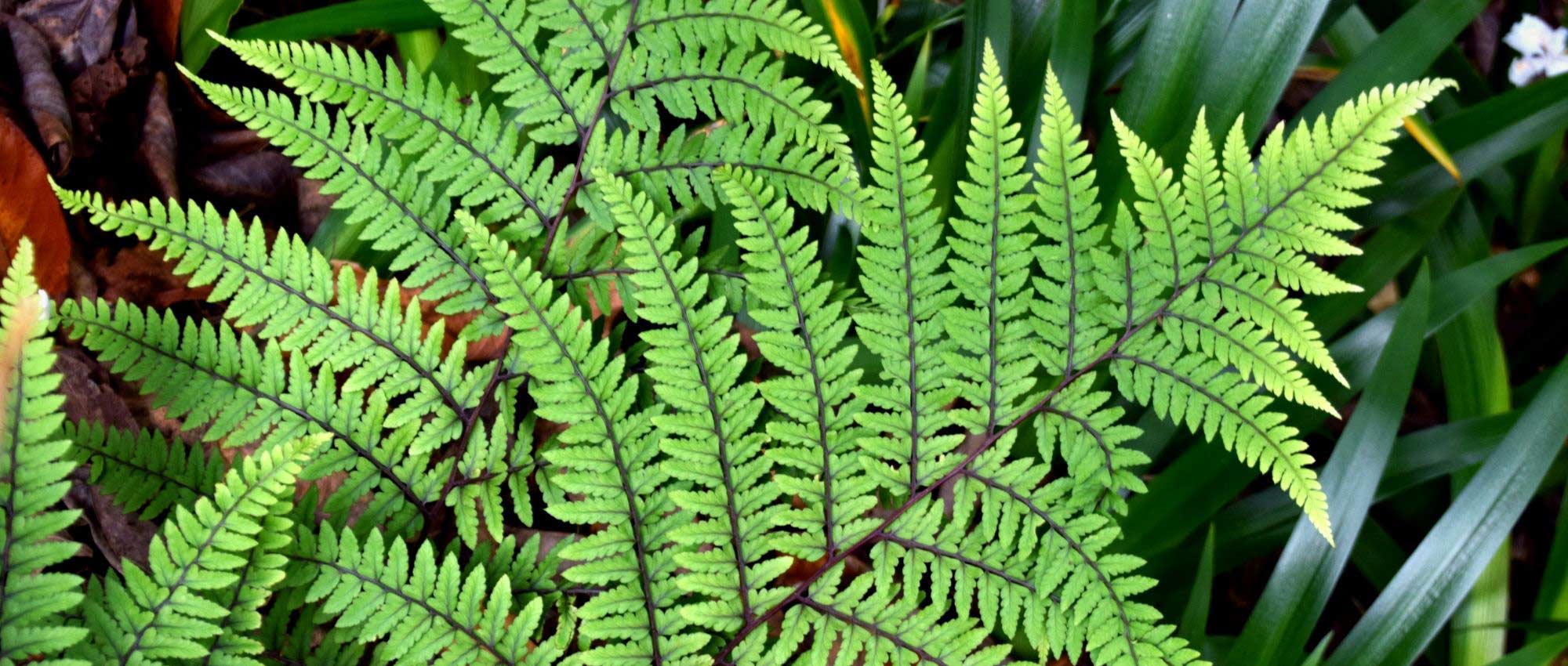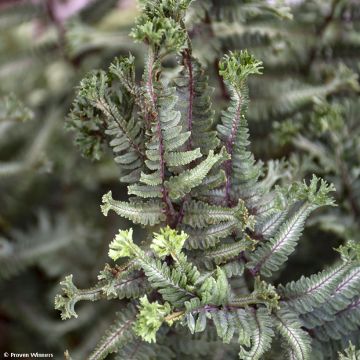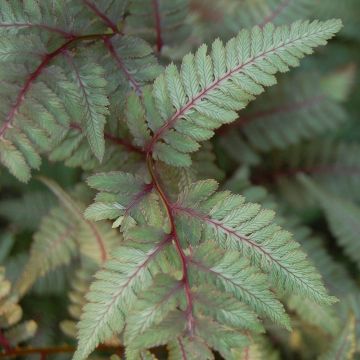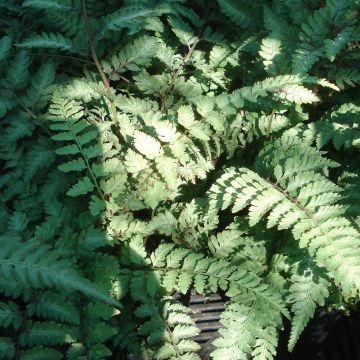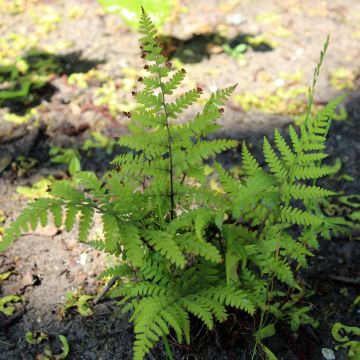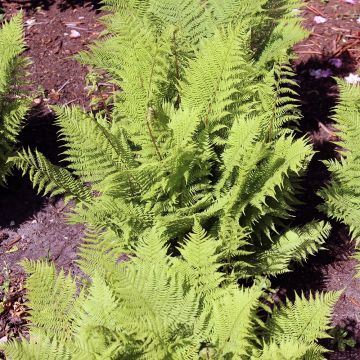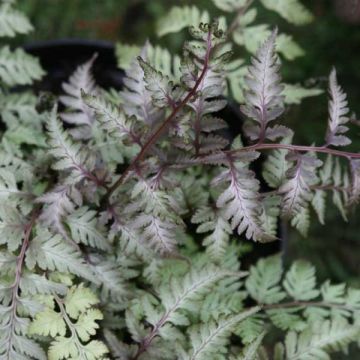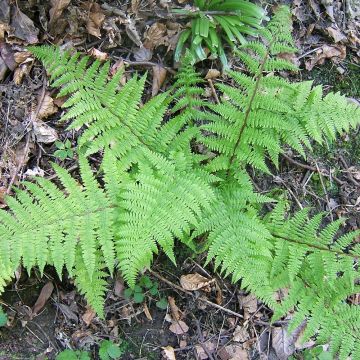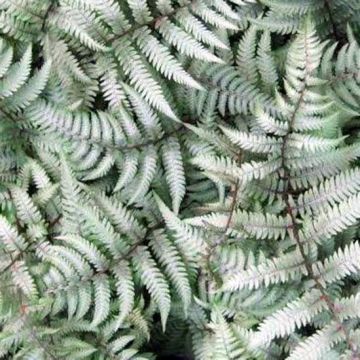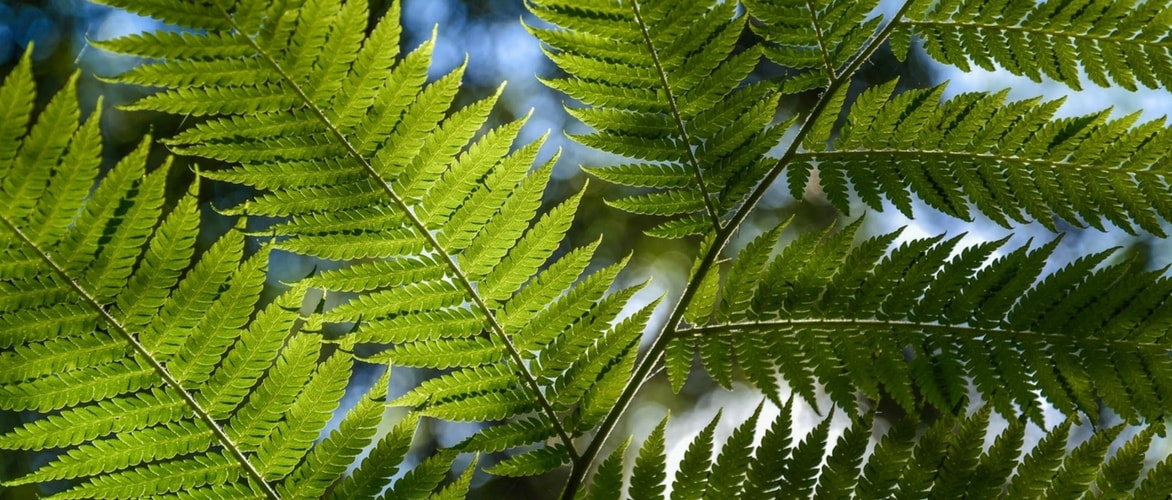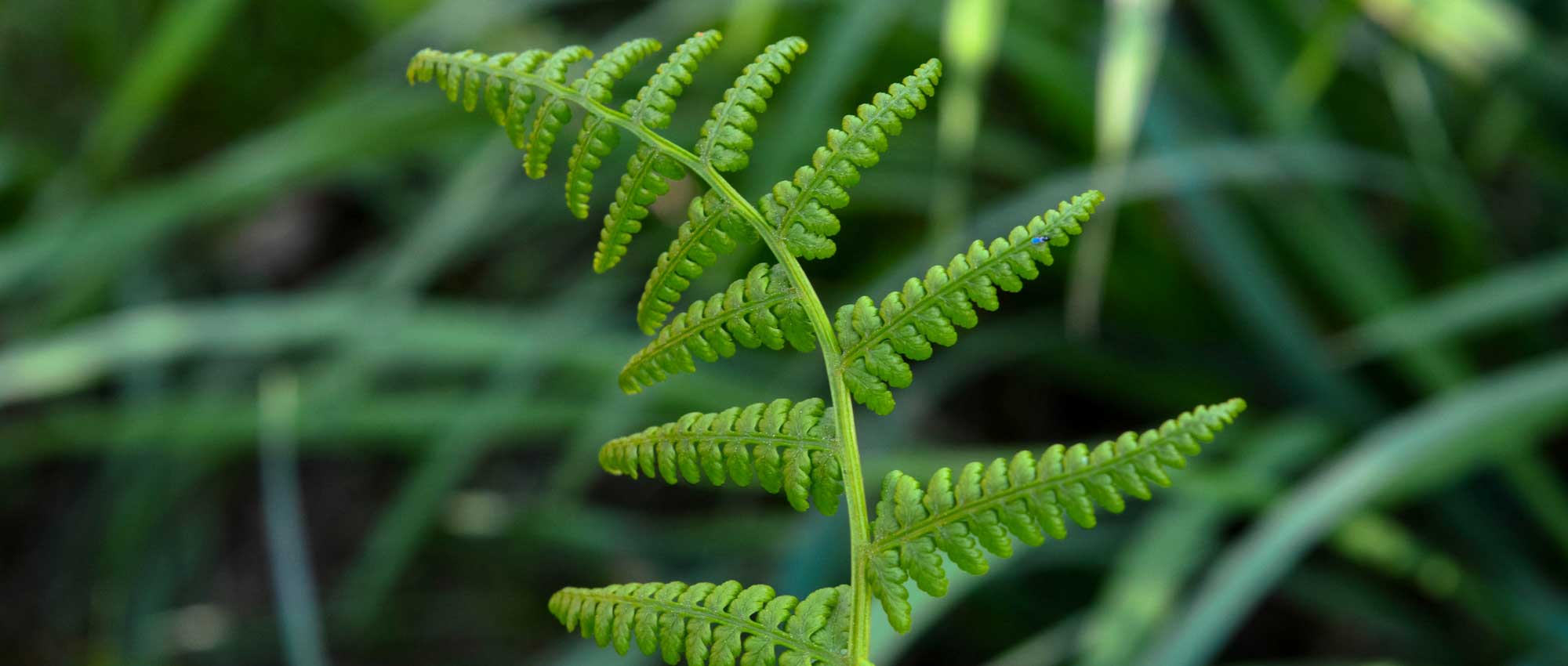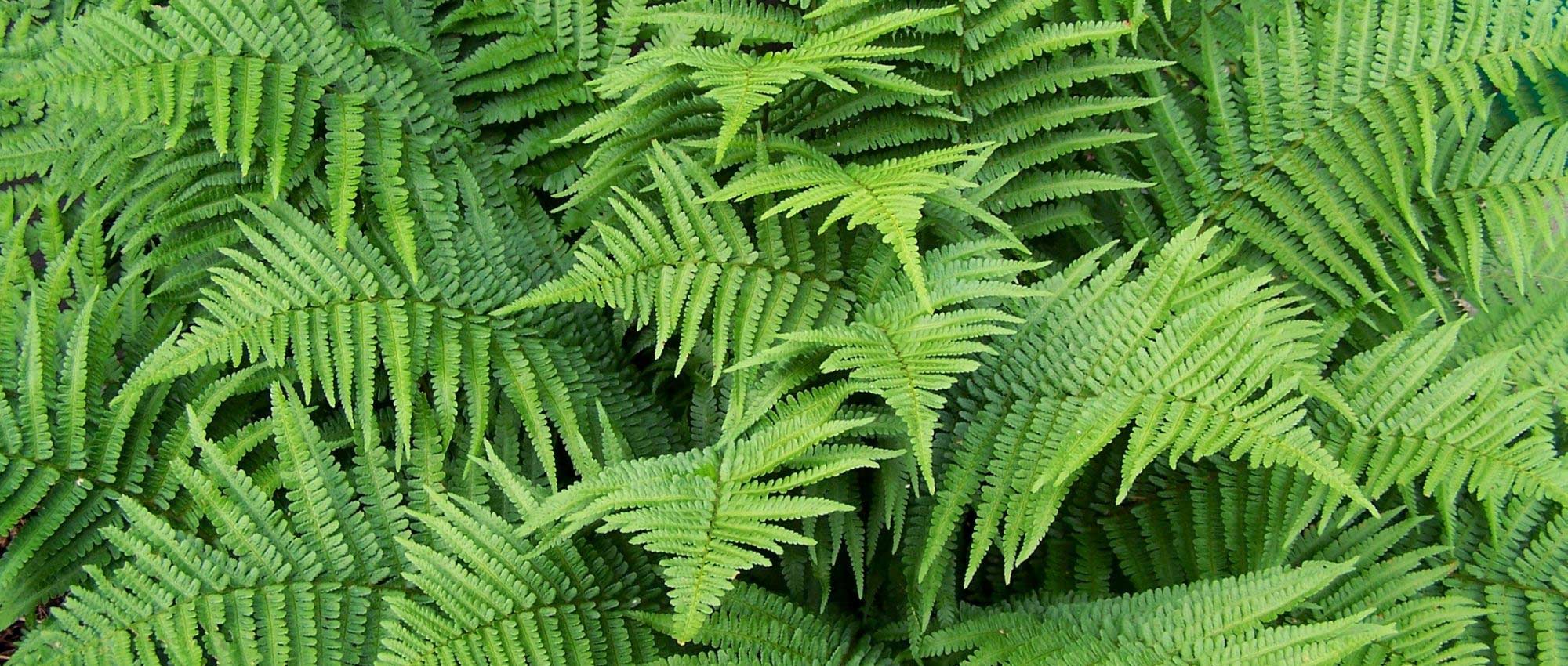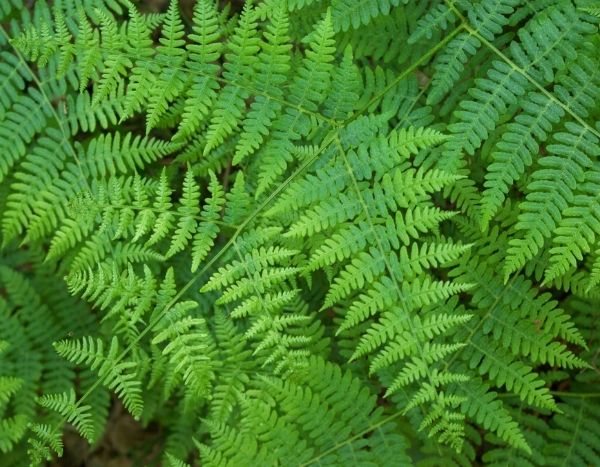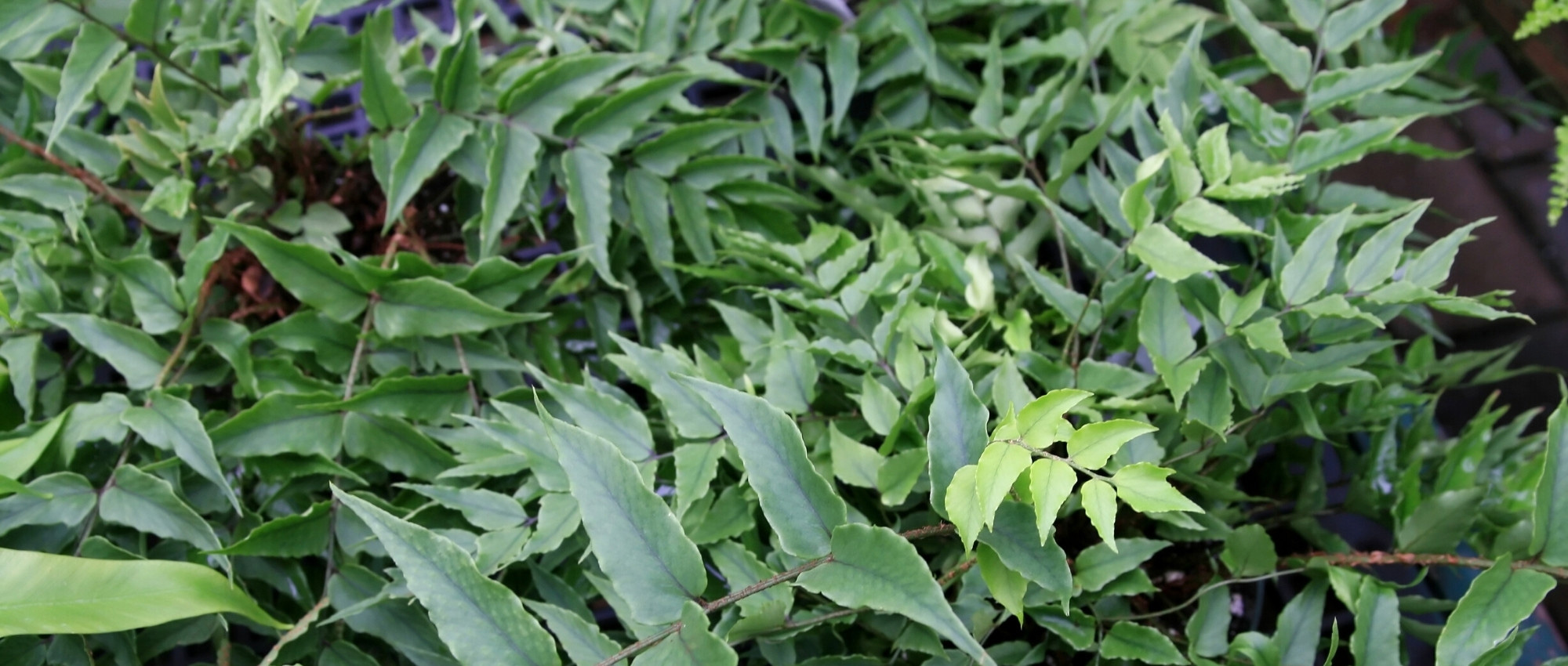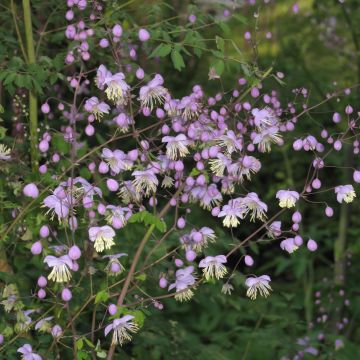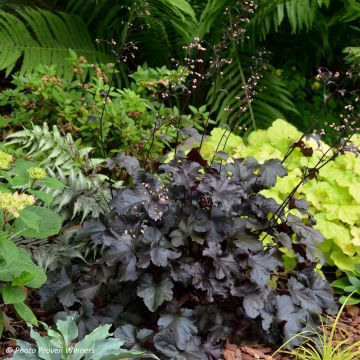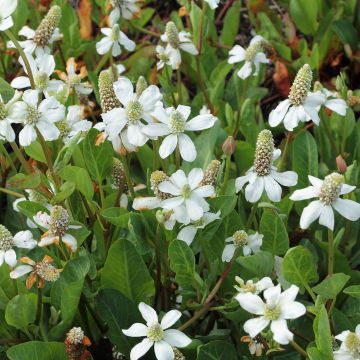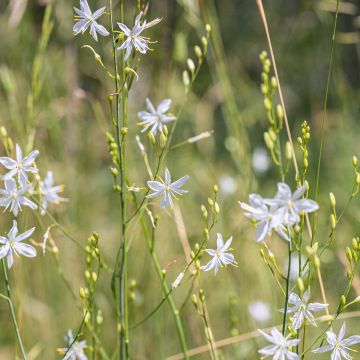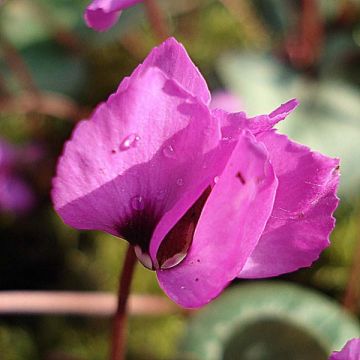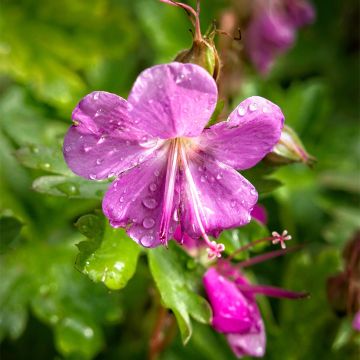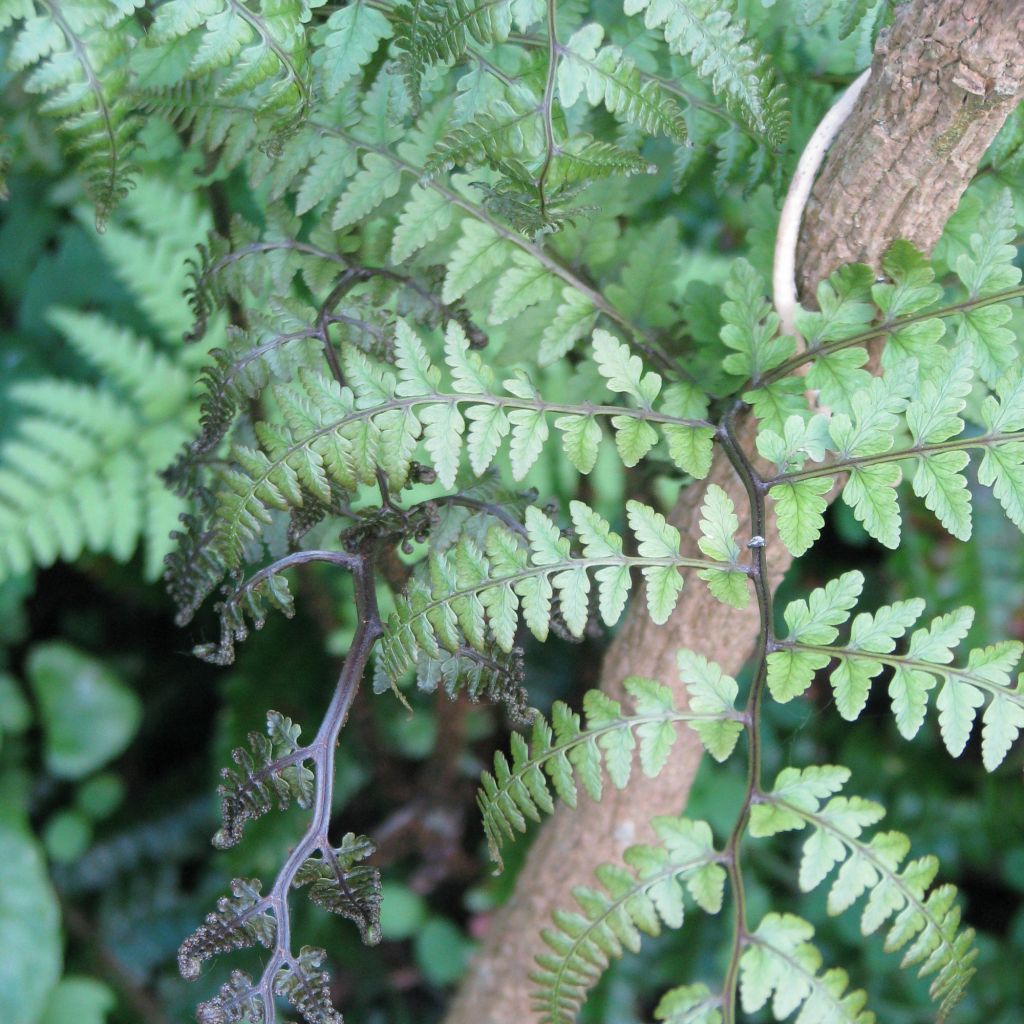

Athyrium otophorum var. okanum - Eared Lady Fern


Athyrium otophorum var. okanum - Eared Lady Fern
Athyrium otophorum var. okanum - Eared Lady Fern
Athyrium otophorum var. okanum
Eared Lady Fern
Very damaged young plant (many withered fronds, roots protruding 10 cm (4in) from the pot).
Charlyne, 24/04/2022
Special offer!
Receive a €20 voucher for any order over €90 (excluding delivery costs, credit notes, and plastic-free options)!
1- Add your favorite plants to your cart.
2- Once you have reached €90, confirm your order (you can even choose the delivery date!).
3- As soon as your order is shipped, you will receive an email containing your voucher code, valid for 3 months (90 days).
Your voucher is unique and can only be used once, for any order with a minimum value of €20, excluding delivery costs.
Can be combined with other current offers, non-divisible and non-refundable.
Home or relay delivery (depending on size and destination)
Schedule delivery date,
and select date in basket
This plant carries a 12 months recovery warranty
More information
We guarantee the quality of our plants for a full growing cycle, and will replace at our expense any plant that fails to recover under normal climatic and planting conditions.

Would this plant suit my garden?
Set up your Plantfit profile →
Description
Athyrium otophorum var. okanum, also known as the Eared Lady Fern, is a rare Asian species, albeit small in size, it boasts foliage with exceptional, subtle and ever-changing shades throughout the season. Its young triangular fronds, are cream with hints of blue green and veined with purple. They play with light and shadow, creating an illusion of very pale silver and gold, before taking on a soft, bluish-green, slightly greyish hue, sometimes with reddish reflections. Until summer, the juvenile fronds appear and coexist with mature leaves, giving the plant a bicolour appearance. This deciduous species is very hardy. It thrives in partial shade, in humus-rich and moist soil, and adapts well to pot cultivation.
Athyrium otophorum var. okanum is a lady fern native to Japan, China, and Korea, very similar to the Japanese Painted Fern Athyrium japonicum 'Pictum'. Like all so-called 'lady ferns', it belongs to the family of Athyriaceae. It forms a very harmonious, spreading clump, a little wider than tall, not exceeding 40 to 50 cm (16 to 20in) in height, with a fairly slow growth. In spring, creamy white croziers are covered with dark, glossy scales appear. They quickly unfurl and elongate, releasing young triangular fronds with delicate pastel shades. They grow and mature gracefully, becoming greener and slightly arching, supported by a structure of vibrant burgundy red petioles, rachis, and veins. This fern is deciduous, but its foliage persists for quite a while, well after the first frost.
All ferns of the genus Athyrium completely lose their foliage in winter. That being said, they are very cold-resistant, and are very easy to grow in any moist soil rich in leaf compost. Athyrium otophorum var. okanum, with its small size, is very well suited for decorating a planter, a shaded rockery, or bordering a less sunny pathway. This truly beautiful fern deserves to be cultivated among a few well-chosen perennial plants, or in a pot near the house. In our garden, we have paired it with Brunnera macrophylla 'Dawson's White' and Gentiana asclepiadea on a fresh slope. It also makes a good companion for primroses, creeping bugles, Corydalis, bleeding hearts...
Athyrium otophorum var. okanum - Eared Lady Fern in pictures
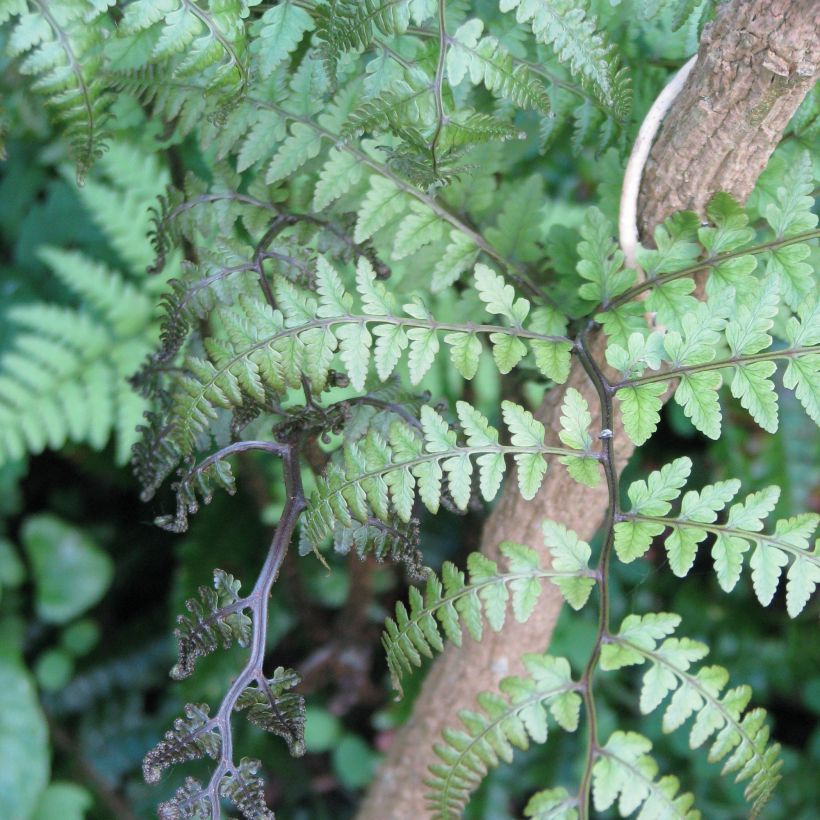

Foliage
Plant habit
Botanical data
Athyrium
otophorum var. okanum
Athyriaceae (Dryopteridaceae)
Eared Lady Fern
Southeast Asia
Other Athyrium
View all →Planting and care
The lady fern is easy to grow in humid regions in a soil rich in humus, which always remains moist but is well-drained. It dislikes limestone and heavy soils. In the case of drought or insufficient humidity, its foliage wilts and appears burnt. Remove browned or dried fronds at the end of winter, when new vegetation starts to appear.
Planting period
Intended location
Care
Planting & care advice
-
, onOrder confirmed
Reply from on Promesse de fleurs
Similar products
Haven't found what you were looking for?
Hardiness is the lowest winter temperature a plant can endure without suffering serious damage or even dying. However, hardiness is affected by location (a sheltered area, such as a patio), protection (winter cover) and soil type (hardiness is improved by well-drained soil).

Photo Sharing Terms & Conditions
In order to encourage gardeners to interact and share their experiences, Promesse de fleurs offers various media enabling content to be uploaded onto its Site - in particular via the ‘Photo sharing’ module.
The User agrees to refrain from:
- Posting any content that is illegal, prejudicial, insulting, racist, inciteful to hatred, revisionist, contrary to public decency, that infringes on privacy or on the privacy rights of third parties, in particular the publicity rights of persons and goods, intellectual property rights, or the right to privacy.
- Submitting content on behalf of a third party;
- Impersonate the identity of a third party and/or publish any personal information about a third party;
In general, the User undertakes to refrain from any unethical behaviour.
All Content (in particular text, comments, files, images, photos, videos, creative works, etc.), which may be subject to property or intellectual property rights, image or other private rights, shall remain the property of the User, subject to the limited rights granted by the terms of the licence granted by Promesse de fleurs as stated below. Users are at liberty to publish or not to publish such Content on the Site, notably via the ‘Photo Sharing’ facility, and accept that this Content shall be made public and freely accessible, notably on the Internet.
Users further acknowledge, undertake to have ,and guarantee that they hold all necessary rights and permissions to publish such material on the Site, in particular with regard to the legislation in force pertaining to any privacy, property, intellectual property, image, or contractual rights, or rights of any other nature. By publishing such Content on the Site, Users acknowledge accepting full liability as publishers of the Content within the meaning of the law, and grant Promesse de fleurs, free of charge, an inclusive, worldwide licence for the said Content for the entire duration of its publication, including all reproduction, representation, up/downloading, displaying, performing, transmission, and storage rights.
Users also grant permission for their name to be linked to the Content and accept that this link may not always be made available.
By engaging in posting material, Users consent to their Content becoming automatically accessible on the Internet, in particular on other sites and/or blogs and/or web pages of the Promesse de fleurs site, including in particular social pages and the Promesse de fleurs catalogue.
Users may secure the removal of entrusted content free of charge by issuing a simple request via our contact form.
The flowering period indicated on our website applies to countries and regions located in USDA zone 8 (France, the United Kingdom, Ireland, the Netherlands, etc.)
It will vary according to where you live:
- In zones 9 to 10 (Italy, Spain, Greece, etc.), flowering will occur about 2 to 4 weeks earlier.
- In zones 6 to 7 (Germany, Poland, Slovenia, and lower mountainous regions), flowering will be delayed by 2 to 3 weeks.
- In zone 5 (Central Europe, Scandinavia), blooming will be delayed by 3 to 5 weeks.
In temperate climates, pruning of spring-flowering shrubs (forsythia, spireas, etc.) should be done just after flowering.
Pruning of summer-flowering shrubs (Indian Lilac, Perovskia, etc.) can be done in winter or spring.
In cold regions as well as with frost-sensitive plants, avoid pruning too early when severe frosts may still occur.
The planting period indicated on our website applies to countries and regions located in USDA zone 8 (France, United Kingdom, Ireland, Netherlands).
It will vary according to where you live:
- In Mediterranean zones (Marseille, Madrid, Milan, etc.), autumn and winter are the best planting periods.
- In continental zones (Strasbourg, Munich, Vienna, etc.), delay planting by 2 to 3 weeks in spring and bring it forward by 2 to 4 weeks in autumn.
- In mountainous regions (the Alps, Pyrenees, Carpathians, etc.), it is best to plant in late spring (May-June) or late summer (August-September).
The harvesting period indicated on our website applies to countries and regions in USDA zone 8 (France, England, Ireland, the Netherlands).
In colder areas (Scandinavia, Poland, Austria...) fruit and vegetable harvests are likely to be delayed by 3-4 weeks.
In warmer areas (Italy, Spain, Greece, etc.), harvesting will probably take place earlier, depending on weather conditions.
The sowing periods indicated on our website apply to countries and regions within USDA Zone 8 (France, UK, Ireland, Netherlands).
In colder areas (Scandinavia, Poland, Austria...), delay any outdoor sowing by 3-4 weeks, or sow under glass.
In warmer climes (Italy, Spain, Greece, etc.), bring outdoor sowing forward by a few weeks.






























